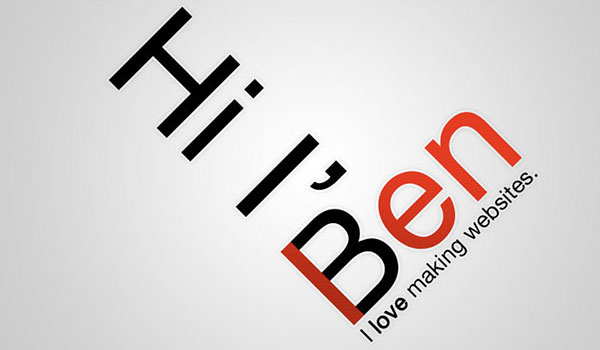Table of Contents
New Year always a beginning of new predictions in all aspects in our life.
There must be absolute gorgeous innovations in internet technology as well as Web Design arena. 2012 was some excited follow-ups of web design trends. New creations and techniques were there. But 2013 will grow with some superb innovations and trends in Web Design. Today we like to suggest few Web Design Trends for 2013 which will rule next months and upcoming years.
Here you go
At the same time we must look back on the significant creations in 2012. Here are few top points:
1. Mobile devices with Internet grew up rapidly in 2012 – As mobile users with internet grew up, Web Design goes highly demanding for its various techniques and attractive applications.
2. Extremely unpredictable screen resolutions – Some Beautiful Mobile devices and iPad 3 were come with enormous screen resolutions.
3. Release of Windows 8 – Windows operating system release their new version Windows 8 with some new techniques and helpful for Designers.
4. Improvement in HTML/CSS – HTML5 comes handy with improvements in features.
Now Web design trends for 2013:
Responsive Layouts
Web world now running with multimedia merged platform. Designers have to concentrate to create layouts and designs smoothly adaptable in all platforms. The website should evenly suitable for windows and mobiles. Designers have to think about the trend of web design where you can brilliantly take advantages to watch out other designers works. So Your Layouts must design in such a way where the design can match all forms of digital media.

Large Photo Backgrounds
This year’s design trends also perfect fit for Photographers. They can enjoy seeing most of the web designs are in oversized backgrounds. These backgrounds are an excellent property to attract visitor’s attention.

Mobile Navigation Toggle
When speaking of responsive design one of the most difficult questions is how to build a solid navigation. You want to give your readers direct access to all your important links, without flooding the page making it unreadable. It is also a good idea to keep your responsive navigation hidden away until it’s needed.

CSS3 Animations
Designers now can animate several effects with the help of CSS properties. Beautiful hover effects and settings for times in animation can be set up in CSS3. The effect s works dynamically like JavaScript.

Digital QR Codes
The Quick Response Code or QR Code has developed from UPC barcodes. It can be seen everywhere from automobile to restaurants. QR code gradually increases its popularity and usefulness in all area.

Single-Page Web Design
Single page websites also can be powerful for any audience. All the contents are accessible without loading or refreshing a page. This single page websites can create with help of Sliders, Carousels, Ajax and auto-scroll scripts.

Infinite Scrolling
Infinite scroll has been called autopagerize, unpaginate, endless pages. But essentially it is pre-fetching content from a subsequent page and adding it directly to the user’s current page.

Retina Support
Retina Display is a brand name used by Apple for liquid crystal displays which they claim have a high enough pixel density that the human eye is unable to notice pixelation at a typical viewing distance. The term is used for several Apple products, including the iPhone, iPod Touch, iPad, and MacBook Pro.

Full screen Typography
As we see before usage of big photographs in background of web design, now the trend also in bigger thing is full screen typography in web design.

APIs and Open Source
In the open source model the software development is decentralized. Anyone can modify the software, independent of where they live or who they work for. The only centralized functions tend to be tracking changes to the software, enabling developers via collaboration tools and deciding which changes make it into the official version of the software. The benefit for customers is that they can add their own features and fixes. Software developed in this fashion tends to be more agile and responsive.
APIs have been an indispensable software development tool for decades. Making them open and applying them to web sites extends their usefulness for software developers. But their biggest impact I believe will be on business development. Just like open source software makes it possible for software development to happen in a decentralized and more self-serve fashion, open APIs enable the same to happen for business development.


UI/UX Consultant, Photoshop, XD, SketchApp, Product Designer, Website Designer, Mobile App Designer, Expert WordPress Developer. For web/mobile design and wordpress development related projects please contact me at dibakar@themepurpose.com





